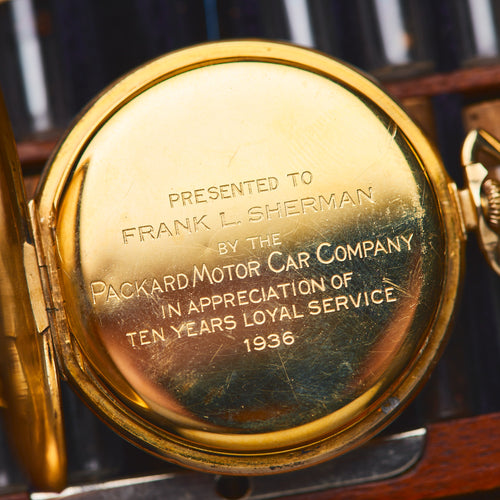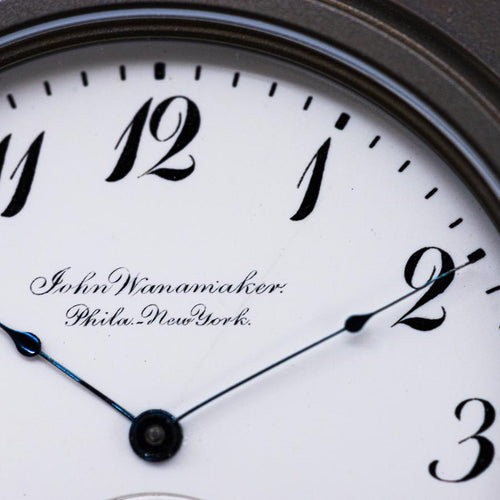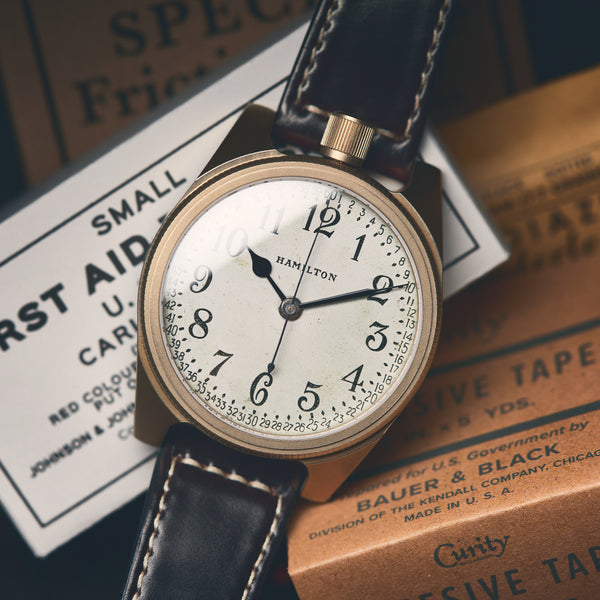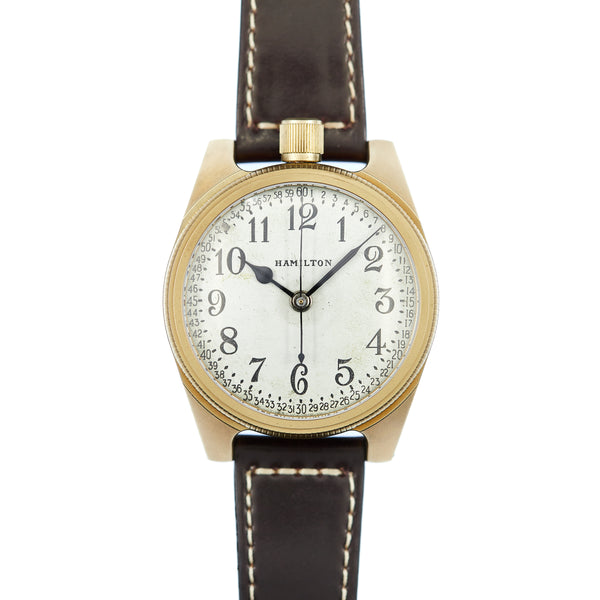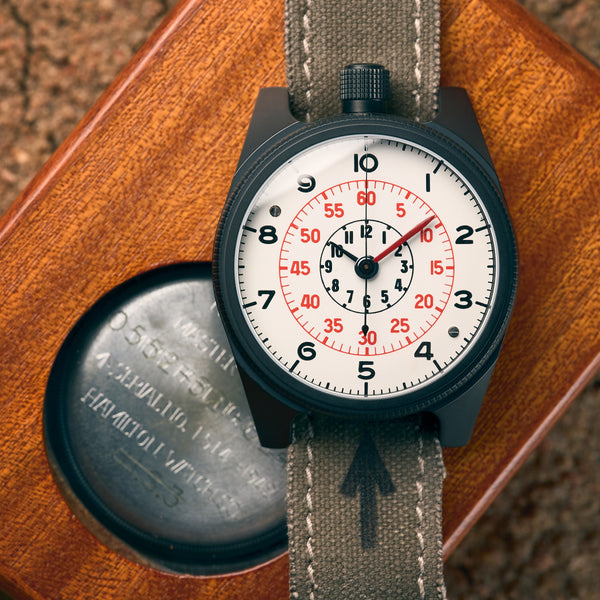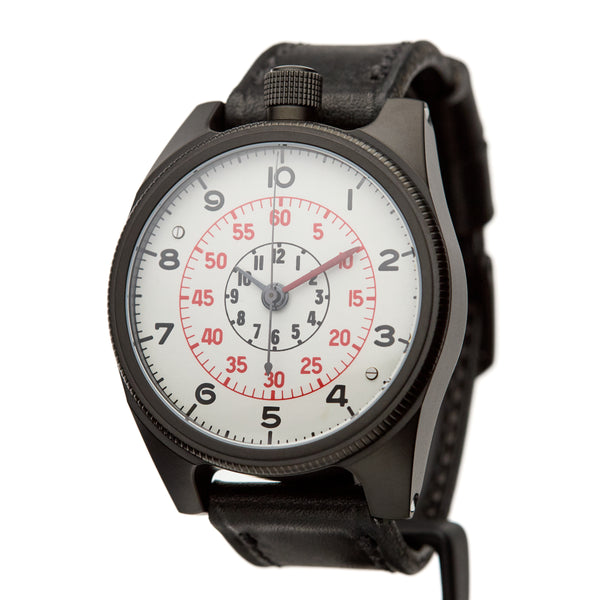Your Weekly Roundup of watches is below, but first...
If you read our weekly email last week, you know we are diving into the history of Labor Day. Join us over the next few weeks as we explore some of the history of the Great American pocket watch companies and the impact of American labor in the late 19th century.
Everyone knows Labor Day (hello, three-day weekend), but last week we dove into the why behind this Federal Holiday. Even though Congress didn't pass an act to make it a legal holiday until 1894, the first Labor Day parade happened in Manhattan, NY in 1882. The story has it that around 25,000 people from various labor unions showed up and in that gathering of people were the unofficial makings of a band for the march to march to!

The Radium Girls
Nearly a century after the protests of poor working conditions during the Industrial Revolution, there was still significant reform needed.
Have you ever heard the story of the 'Radium Girls'?
It begins in a small town in the midwest, Ottowa, Illinois in the early part of the 20th century. At that time, radium was an element commonly used to treat a variety of ailments as well as being applied to watches and clock faces for the resulting "glow-in-the-dark" effect. Ottowa, Illinois was home to the Radium Dial factory and they recruited young women in their teens and early twenties to paint the faces of these dials with radium.

Around 1925, the company became aware of the toxic effects of radium, especially when ingested, but made no efforts to inform or protect their employees. In fact, the ladies were instructed to specifically lick their brushes to achieve a fine point when painting the chemical element. Due to this extreme and repetitive exposure, many of the women developed cancerous tumors, honeycombed and fragile bones, and ultimately painful amputations for many.
A man by the name of Leonard Grossman, Sr. was hired as an attorney to represent one of seven women referred to as 'The Society of the Living Dead' which started a legal battle against the owners of Radium Dial in 1934. An official lawsuit against U.S Radium was filed in 1927 with the “Radium Girls” (Edna Hussman, Katherine Schaub, and sisters Qunita McDonald and Albina Larice), and although they won, they did lose their lives to the ailments caused by the radium exposure.

This unfortunate suffering was not in vain though as their challenges helped to pave the way for the eventual establishment of the Occupational Safety and Health Administration (OSHA), though not until 1970. Here's to remembering the 'Radium Girls' and their sacrifice to the future of safe and protected work environments!
Only a small fraction of dials from this era were painted with radium and professionals in the watch industry take it upon themselves to identify and safely dispose of these items to minimize exposures. The industry learned its lesson from the Radium Girls.
Here's your Weekly Roundup!
In a pleasant light of preserving American history, here is your weekly round-up. The time is now (pun intended) to pick your one-of-a-kind Vortic Watch. Our team has been working hard to provide you with a variety of unique timepieces. Take a look, there's something for everyone!
Click the images of the watches to learn more about them. Make sure to check the website at 12 PM Mountain Time for the Watch of the Day! They tend to sell quickly.
We are excited to showcase this amazing watch from the Illinois Watch Company, our Springfield 383. We love the combination of the rounded, bold numerals with our signature gunmetal titanium case. Accented by these stunning open-kite blued steel hands as well as a nickel-plated crown. An olive strap fits well with the subtle earth tones and soft dial. The details of the movement inside this watch steal the show, with these incredibly detailed Geneva stripes machined across the bridge plates.
Gold plated gears, brass balance wheel, and hardware, as well as 19 screw-set jewels, add to the flare of this eye-catching watch. We really love the two smaller bridge plates holding the 3rd and 4th escapement wheels, common to these Illinois 406 movements from this period. Originally produced in 1924, the same year that American media company Metro Goldwyn Mayer was founded in Los Angeles, California.
The Chicago 389 (SOLD)
We present the Chicago 389, a gorgeous example from the Elgin Watch Company. We love the vintage feel of this dial, especially the uniquely shaped shadow numerals. Some subtle age gives this watch a lovely amount of character, paired well with our merlot strap. We cased this watch in our sandblasted titanium and topped it off with a gold-plated crown and hardware throughout. Our machined bronze buckle is the perfect accent to tie everything together nicely.
Glance at the inside of this movement and you will notice a nice aged hue throughout the main plate, with very clean gold-plated gears beneath. 17 screw-set jewels decorate and power this watch, along with a brass balance wheel and Moseley regulator. This watch was originally manufactured in Elgin, Illinois in 1928 by the Elgin National Watch Company. 1928 is also the same year that the first transatlantic television broadcast was sent from London to Hartsdale, New York by inventor John Logie Baird.
We are proud to release this stunning Boston 332 to our lineup, and couldn’t be happier with how it turned out. The floral pattern on the double-sunk dial catches the eye immediately, along with these incredibly bold and unique black numerals. Our coal strap ties in with the design well, while contrasting the soft sandblasted titanium case and nickel crown.
This movement has us awestruck with the incredible amount of detail machined all throughout the different layers, keeping your eye continuously moving throughout. Gold plated gears spin on 17 friction-set jewels, while this patent regulator keeps great time. This watch was originally produced by the Waltham Watch Company out of Waltham, Massachusetts in 1921.
Waltham was founded by Aaron Lufkin Dennison and Edward Howard in 1849. Dennison is known for the Dennison Gauge, which became the US Standard gauge to measure parts of the watches more accurately. He was also known for creating manufacturing techniques that utilized interchangeable parts, making repairs on watches much easier
We are happy to bring you this exquisite timepiece from the Elgin Watch Company out of Elgin, Illinois. It is not often that we get to showcase Roman numerals, and what a perfectly clean and crisp example we have to show off. We wanted to keep the clean and bright feel of this watch, so we paired it with our machined titanium case and round nickel crown. The blued steel hands and navy strap work perfectly together to accent the details, topped off with stainless steel hardware throughout.
This movement powering the watch requests to be shown off, with the lovely Moselely regulator design that is unique to Elgin, as well as the curvature shape of the bridge plate. A spiral patterning on the mainspring barrel and crown wheel keeps your eye moving around the inside of this movement. Gold-plated gears and a brass balance wheel contrast nicely with all of the nickel elements of this watch, as well as 17 screw-set jewels to keep everything moving nicely.
This watch was originally manufactured in 1918, a time when most of the world was coming to the end of WWI, with most of the German forces being continually beaten back by the Hundred Day Offensive. Germany eventually signed an armistice on November 11 of that year, ending the war.
We are happy to present to you the amazing Boston 314 for today’s release. This watch has the perfect combination of vintage antique, as well as modern class. We knew right away when we saw the unique character of this dial that it would be a perfect fit with our titanium case and gold-plated crown. The gold-colored numerals have an aged feel to them, and we love the subtle cracks and wear throughout that truly show off the age of this watch. The full moon hands stand out nicely and pair perfectly with our oxblood cordovan strap.
A magnificent example for the Waltham Watch Company out of Waltham, Massachusetts featuring this very intricate pattern all across the build plates. These decorative Guilloche lines were originally produced using a Rose Engine lathe, and are often seen on different styles of watches from this era. 17 friction-set jewels keep these gold-plated gears spinning accurately, quietly peeking out from beneath the build plate. This watch was originally manufactured in 1924, which is also the same year of the very last sighting of the California Grizzly Bear.









